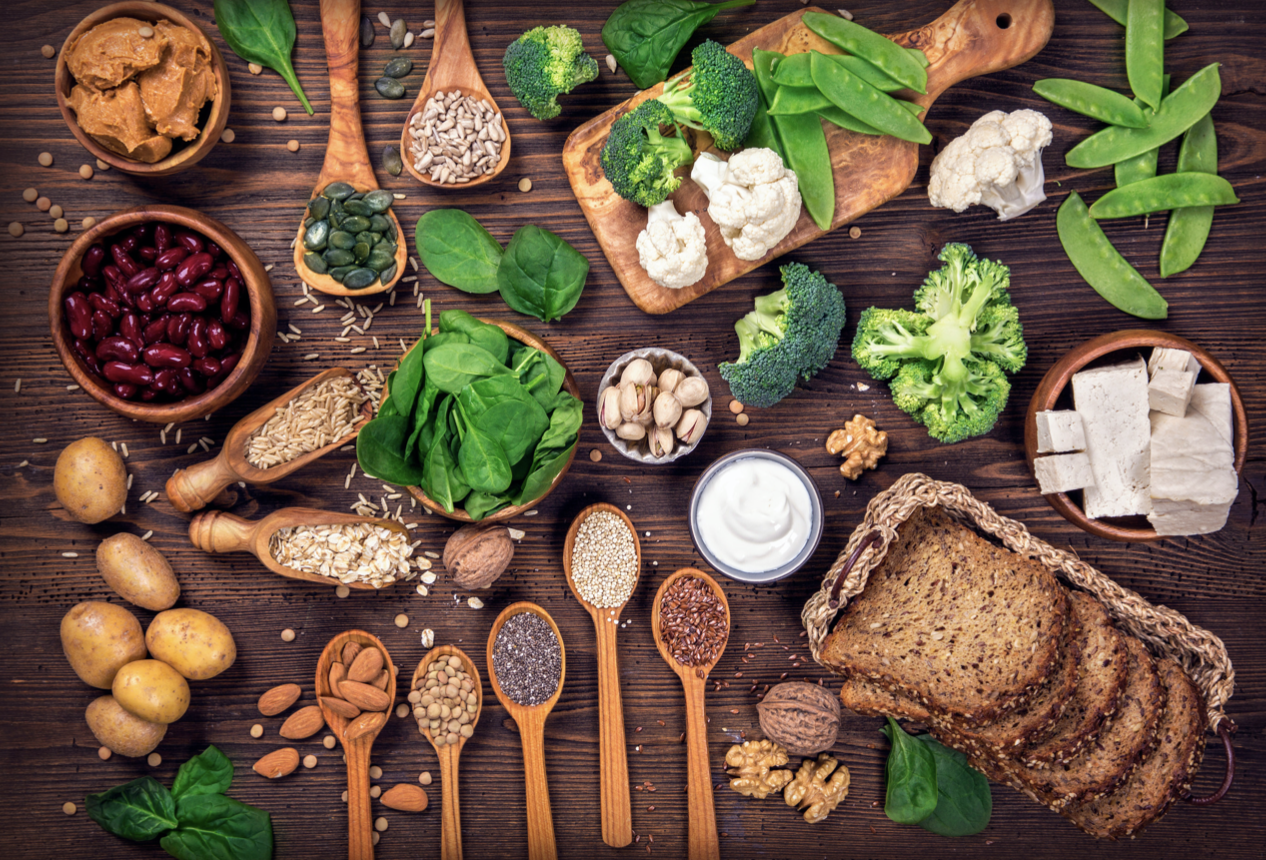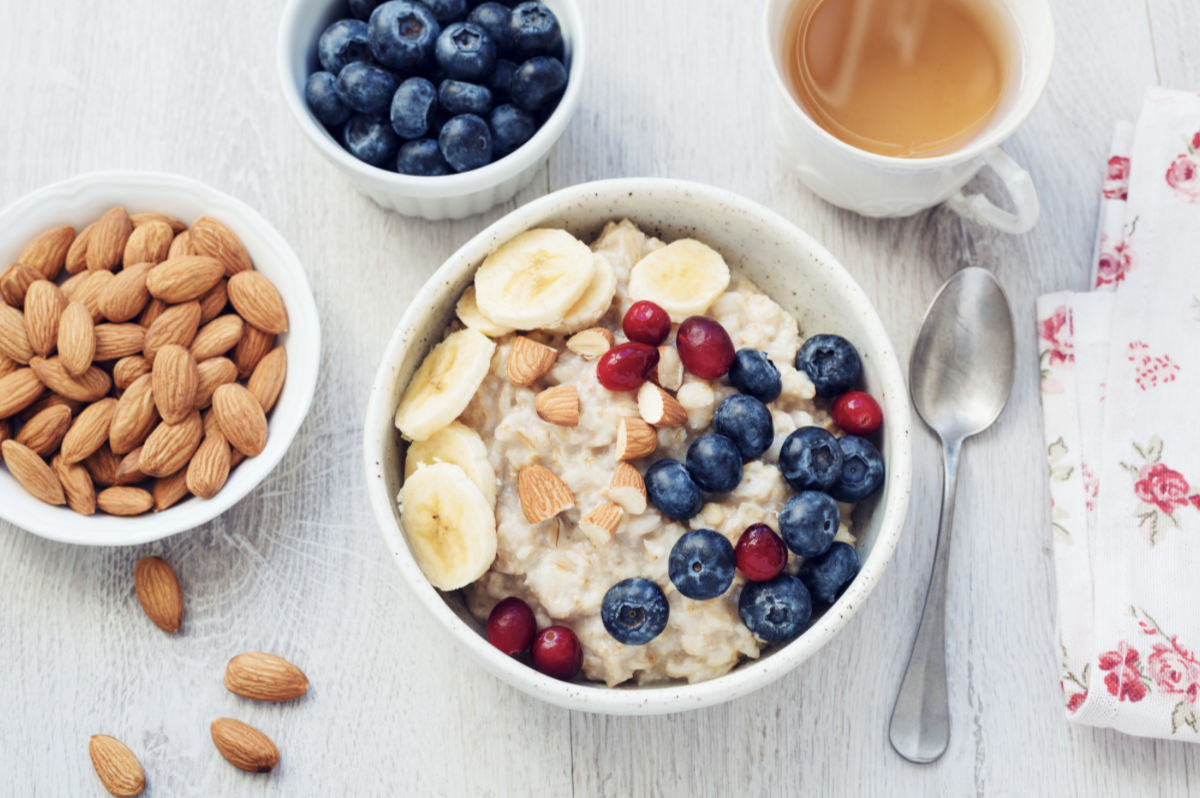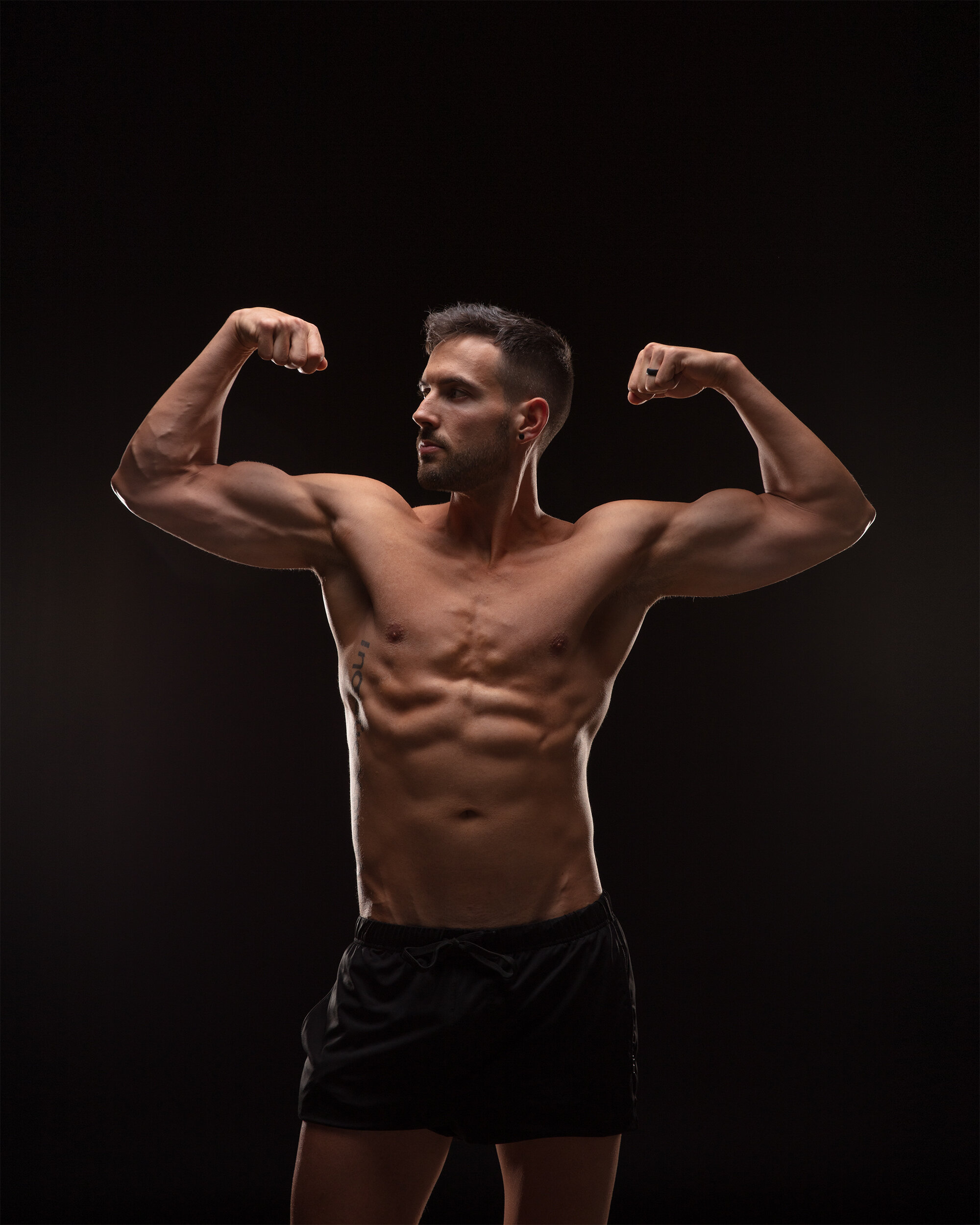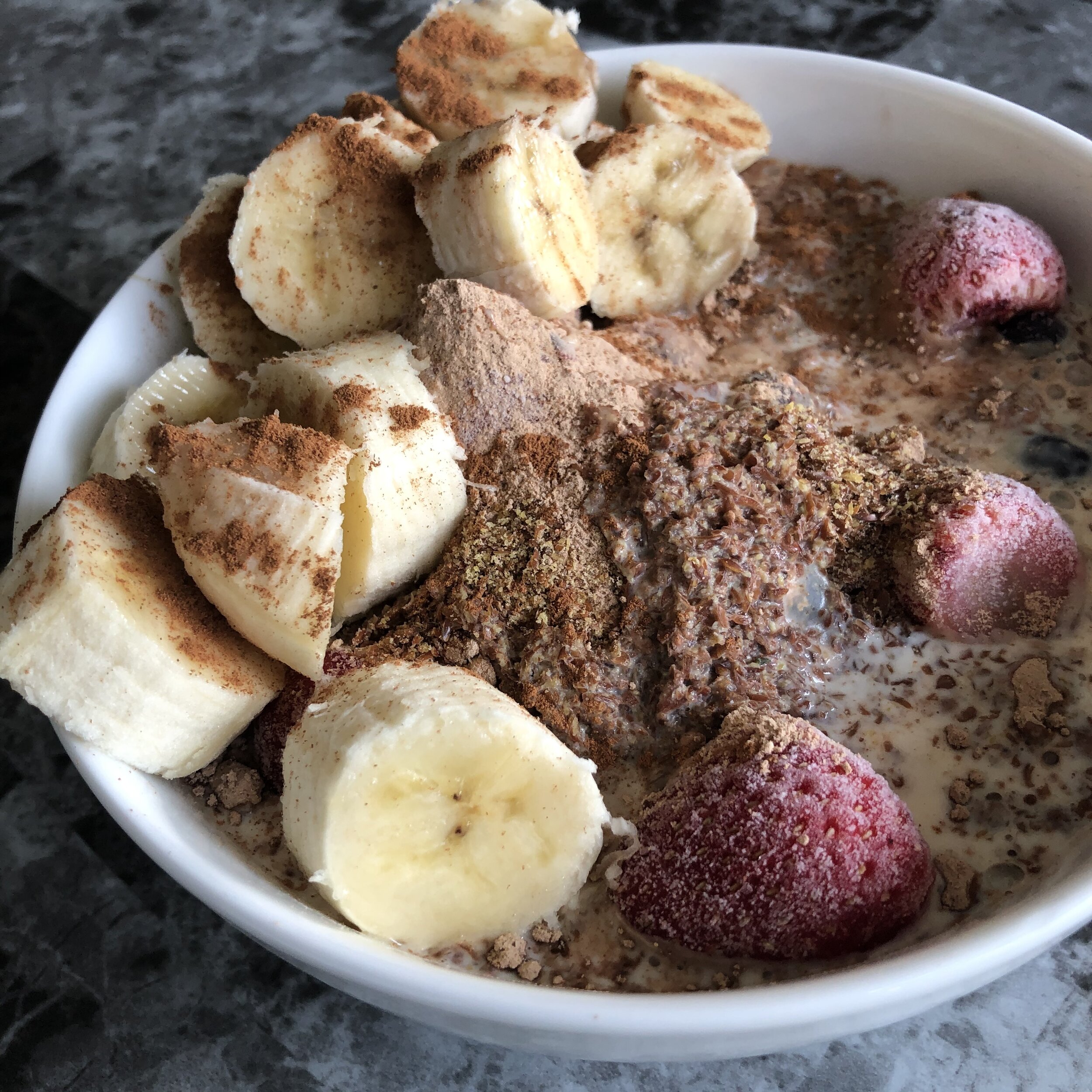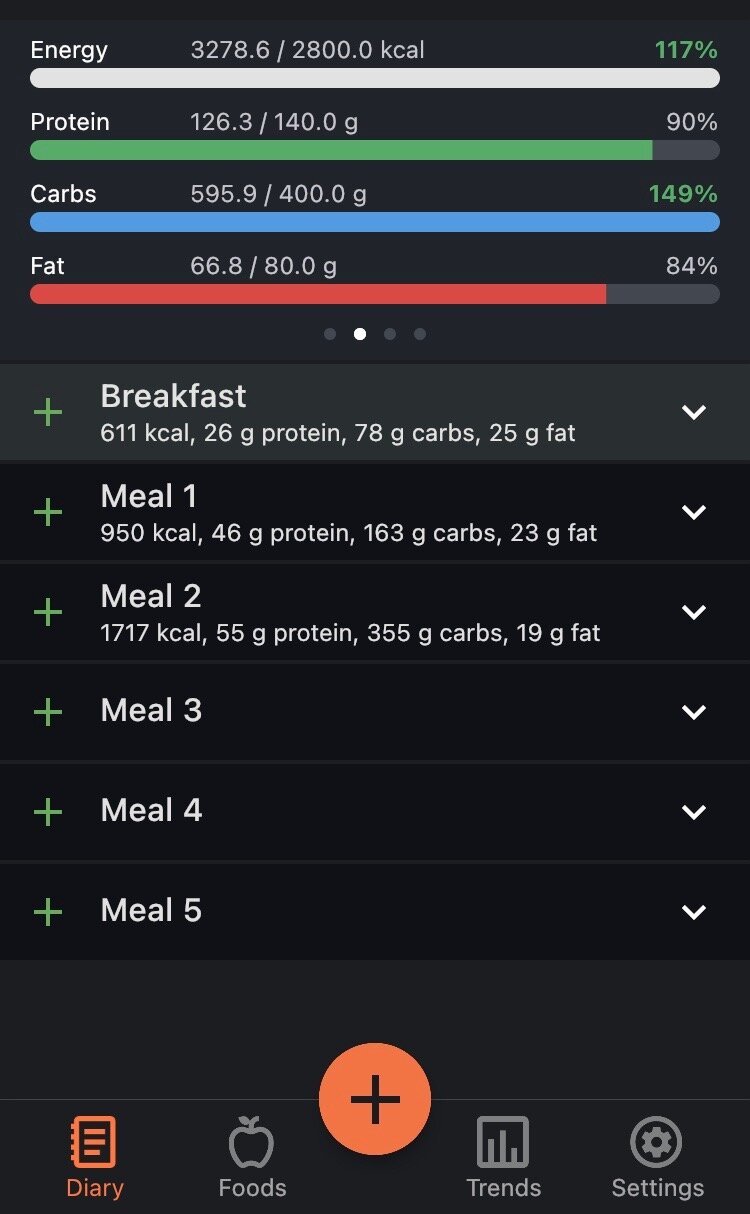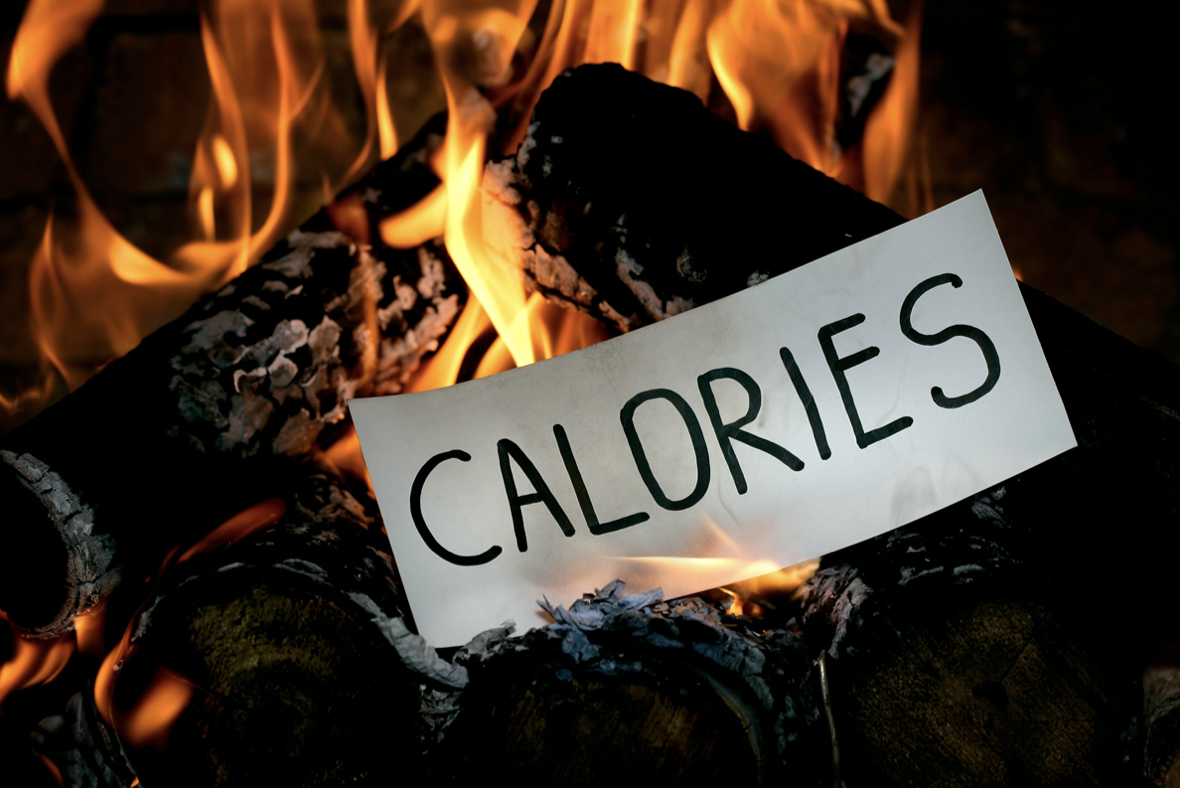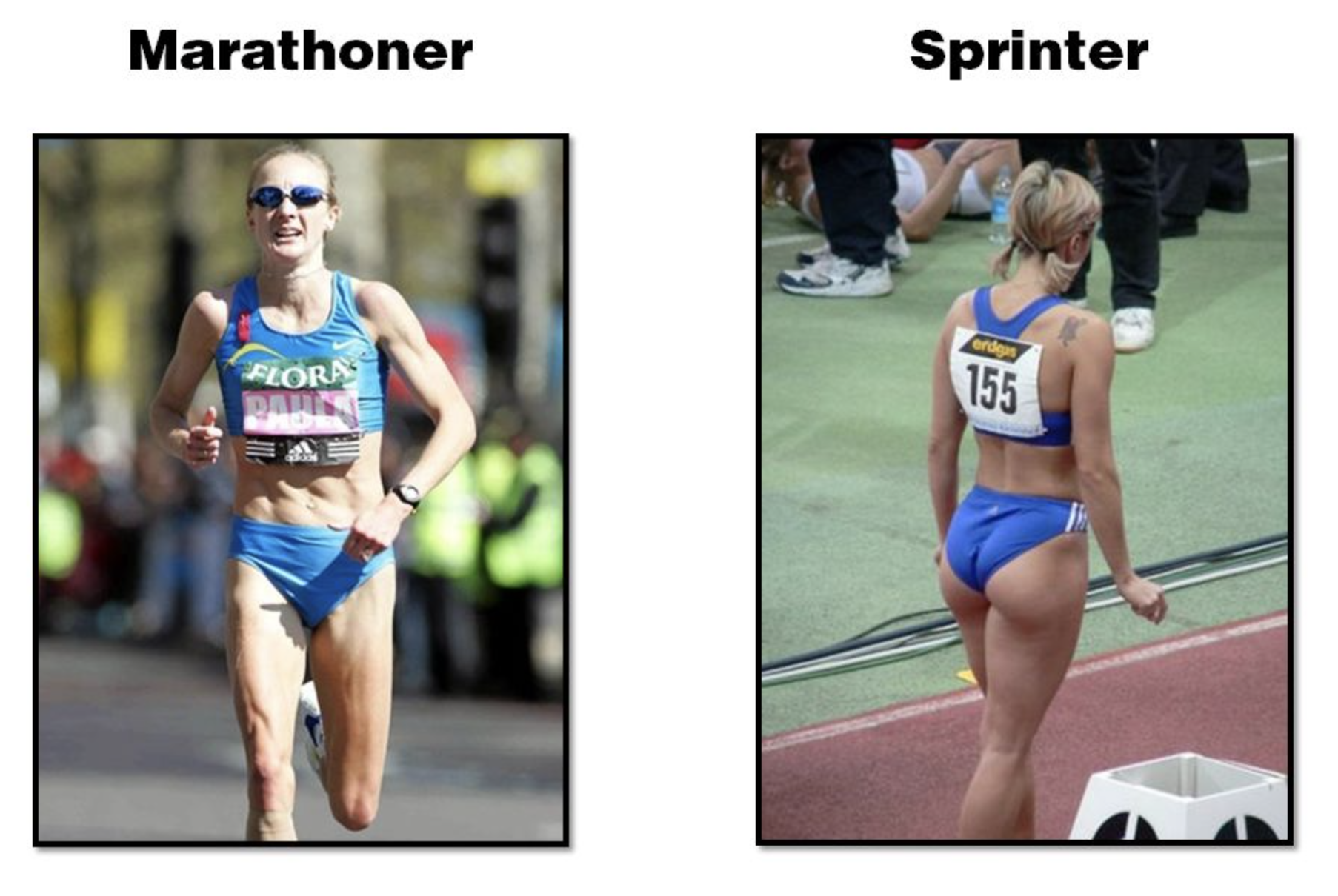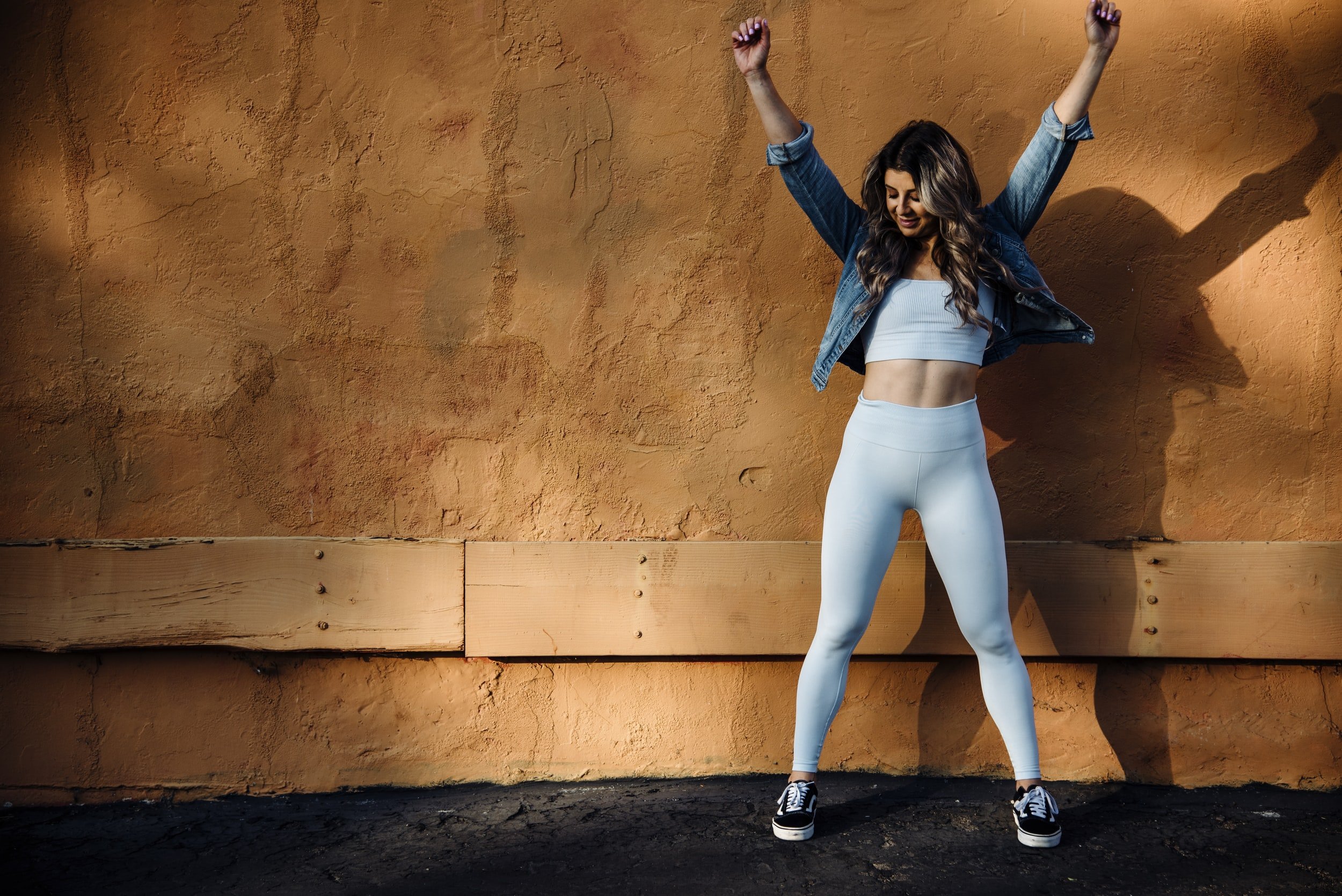The tabloids and internet advertisements have us all wondering:
Should you eat low-carb or low-fat if you want to lose body fat and look lean and jacked?
Which one is it?
This is an immensely loaded question, but I'm going to keep it short and sweet.
Do What Is Sustainable and Feels Best
My extremely unsexy yet honest answer is that I think you should probably do what makes you feel best in context of your day to day energy, dietary preference, and performance in the gym.
Second to that, make sure this is something you do long-term. In other words, set your own adherence up for success in choosing a macronutrient distribution that you’re confident you can maintain for months and years.
But why? Shouldn’t there be a more definitive answer to this?
Not really, and this is why:
Looking lean and jacked is about having lost enough body fat to look lean and having built enough muscle to look jacked. And, since you can lose body fat and build muscle on both low-carb and low-fat diets, it doesn’t make much to heavily bias one over the other for most recreational lifters.
That being said, most physique and bodybuilders would agree that a high-carb, low-fat approach is best if you’re interested in building the most muscle possible due to the anabolic benefits of carbohydrates.
But this may not be you.
You might not be interested in “optimally jacked,” but you are interested in losing some body fat and building some muscle in a sustainable way because you don’t want to be a fluffy father or a mushy mommy.
So this brings me back to my initial point. It’s probably a good idea to do what allows for long-term adherence and feels best to you on a daily basis.
Questions to Ask Yourself
For example, these could be some helpful questions to ask yourself:
Do you feel really good when you eat a higher carb diet?
Do you naturally enjoy eating more carbs than fats?
Do meals heavy in fat make you feel sluggish?
Or is it the reverse?
Do fats keep you noticeably satiated and energetic throughout the day?
Does eating fat give you a great mental clarity in the morning?
In my opinion, it might be as straight-forward as paying attention to the answers of those simple questions and acting accordingly.
As long as you are respecting essential levels of healthy fat consumption per day, which most experts in the field define as around 0.35x your body weight (in pounds) in grams of fat per day, I don't think it's worth overcomplicating your macronutrient distribution beyond that.
In practical terms, I think a conservative lower end for most men is around 50g per day while women can eat a bit less around 35-40g per day.
So to be clear, I think most people should distribute their macros in a way that allows them to enjoy their diet maximally while feeling and performing optimally.
5 Reasons I Prefer High-Carb Dietary Patterns for Looking Better Naked
But, what do I do personally? What helped me lose my 31 pounds?
My bias is 100% toward high-carb, low-fat dieting, and here's why:
#1: All of My Favorite Foods Are Carbs
I freaking love carbs. I used to eat up to 6 bowls of Honey Bunches of Oats before bed each night. In fact, most days I'm actually trying to figure out how to add more fats into my diet to get to 50-60g of fat per day.
So this first point comes down to preference and nothing else.
All of my favorite foods are carbs: sweet potatoes, white potatoes, oats, rice, quinoa, pasta, beans, bananas, berries, cereals, etc.
And now that I’ve made the transition to eating a predominantly whole food plant-based diet, it’s easier than ever to bias my macronutrients heavily in favor of carbohydrates over fats.
#2: Carbs Make My Muscles Look Like Big Balloons
Carbs create that full muscle effect that makes your guns look like freshly inflated balloons due to intramuscular water retention.
When I keep my carbs low, I just look deflated. I don't like looking deflated. I like filling out my t-shirts.
If I enjoyed looking deflated all of the time, I’d probably take up marathon running. That’s no shade thrown at my long-distance brothers and sisters, but let’s call it how it is. There aren’t too many marathon runners out there experiencing restricted blood flow to their forearms because the sleeves on their t-shirts are inadvertently functioning as a tourniquet.
Here’s a professional photo of me on more than 600g of carbohydrates the day of the photoshoot.
#3: Carbs Give Me Nasty Pumps at the Gym
High-carb dieting gives me sick pumps in the gym due to topped off glycogen stores. I like sick pumps in the gym, so I eat high-carb. Makes sense, right?
I also think there is a powerful psychological component here.
There’s an old adage that goes something like this: look good, feel good, play good. And as simple as it may sound, I think there’s quite a bit of truth there.
If you’ve ever had a skin-splitting pump in the gym, you probably know exactly what I’m talking about. When you catch a pump, you feel invincible. So what happens? You really start to connect both mentally and physically to the session. With each curl, you drive more and more blood into the biceps until you can’t help but sneak off to the group classroom and snatch a shameless selfie like I did in the photo you see here.
To summarize, I really think half of the fun of lifting weights is chasing the pump and feeling confident in your own skin, which is bound to produce other positive outcomes in both your psychology and your physique.
#4: Carbs Keep Me Feeling High-Energy
I just feel generally low energy when I eat high-fat and restrict my carb intake. Even when calories are equated, I just don't feel the same.
There’s really no better feeling to me than smashing an enormous salad with berries, hemp seeds, and Italian dressing. Or even a Mexican-inspired bowl of rice or quinoa topped with a medley of beans, corn, tomatoes, and just a touch of avocado.
But again, this is just personal to me. You may not feel the same way, and there are plenty of intelligent people in the industry pushing for a higher-fat, ketogenic approach.
#5: Carbs Seem to Help Me Stay Focused
I have a great mental focus when I'm eating carbs. I know some people swear by fat (and good for them), but I swear by carbs. Pick your poison.
I’m really not trying to tell you what to do. I’m just telling you what I do and what I’ve found success in over the years.
For example, smash an enormous 800-calorie bowl of oatmeal in the morning can oftentimes sustain my mental focus through the lunch hour (without food) and well into the late afternoon.
If you need inspiration, check out this recent upload from my phone because you know I take pictures of my oatmeal like first-time parents take photos of their children.
"What does high-carb mean though? Give me some numbers!"
I do like giving people specific numbers, so when I talk about high-carb dieting I'm essentially talking about maximally high-carb dieting. In other words, I keep fats as low as possible (while maintaining general health parameters) to maximize the anabolic benefits of carbs.
My Current High-Carb Diet
Right now, my macros are 120-150P, 50-60F, and 500-600C, and you can check out this recent full day of eating in Cronometer for a more in-depth look.
But keep in mind that this comes in context of my personal body, my personal metabolism, my personal phase of training, my personal phase of dieting, and my personal preferences.
Do not take my macros and try to implement them into your own life with the hopes of achieving the same success I have had.
That’s just not how it works.
If, however, you are interested in calculating your own macros for fat loss or muscle gain, send us an email and let’s set up a consultation call. If that sounds too scary, I highly recommend this article I wrote about how to know if you’re ready to hire an online body recomposition coach.
Lastly, if you want an additional “non-me” resource on the benefits of high-carb eating, check out this article by Dr. Mike Israetel.
I love Dr. Mike, and even though this article is written in the context of massing (or bulking), the ideas apply across all phases of training and dieting assuming no outstanding medical issues. It's an absolute smash of a write-up, so I highly recommend the read.
Summary
Which style of eating makes you feel good and perform well? Do that probably.
Eating high-carb instead of high-fat tends to be more popular among physique sport enthusiasts and bodybuilders.
I am personally biased toward high-carb, minimal fat approaches.
I personally lost 31 pounds eating high-carb in context of a caloric deficit.
I just toss that in there to say that I was still maximizing carbs (although much lower than usual) while dieting for extended fat loss.
Thanks for reading, everyone! I sincerely hope you enjoyed the content and learned something.
If you feel like this blog brought you any value at all, consider sending it to a friend or family member!
And, if you're interested in working with me one-on-one, visit The Vegan Gym and apply for coaching. I’ve had nothing but success in guiding people toward their fat loss goals.
Cheers, everyone!
-Andrew


